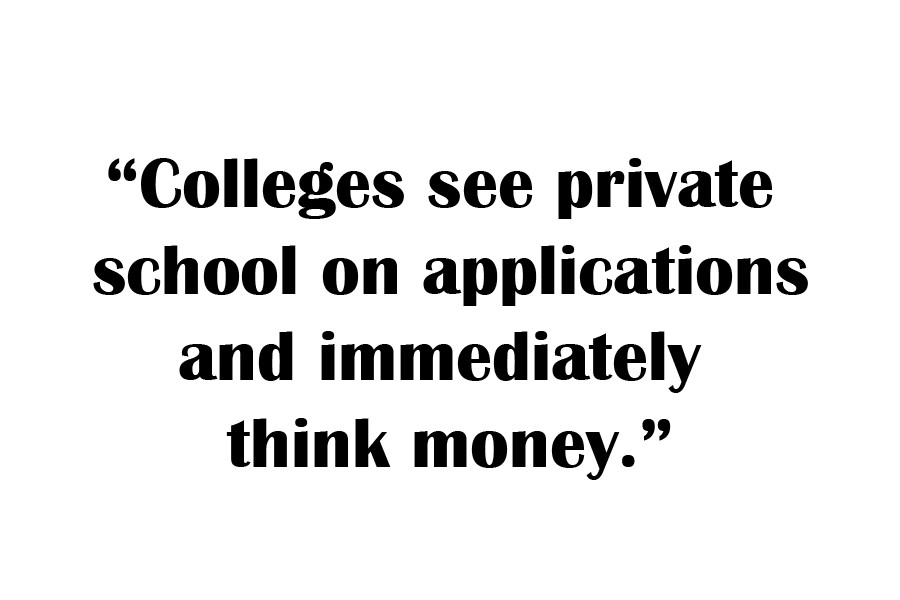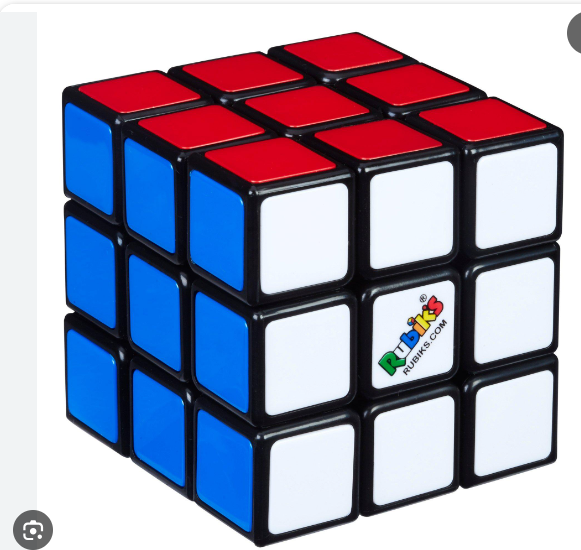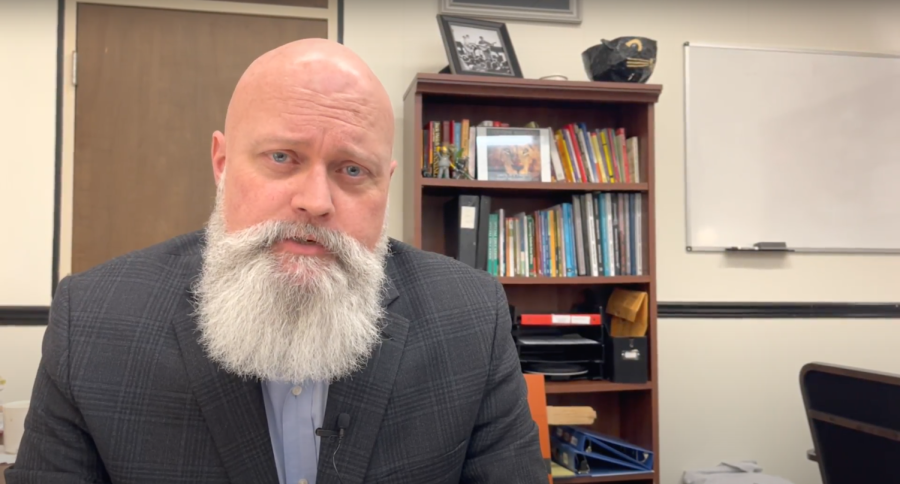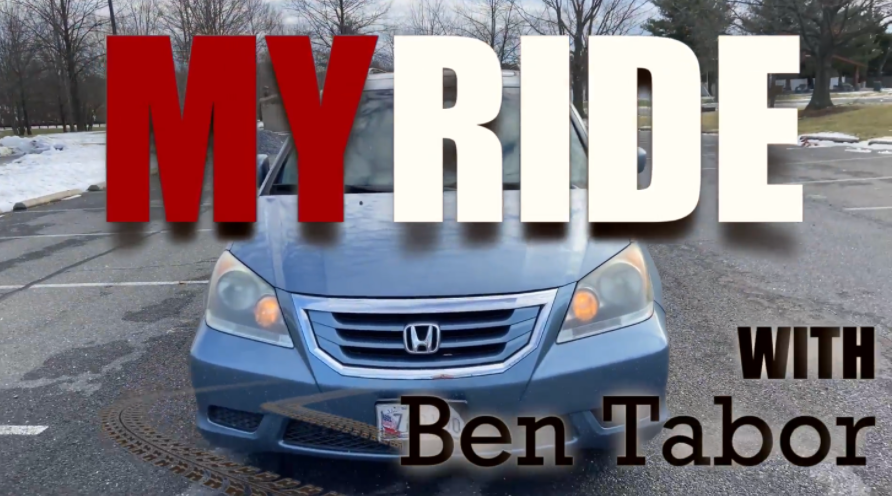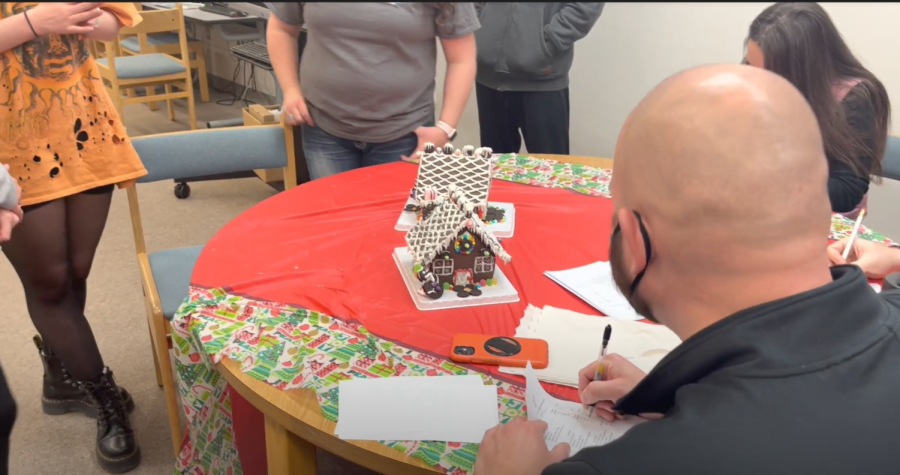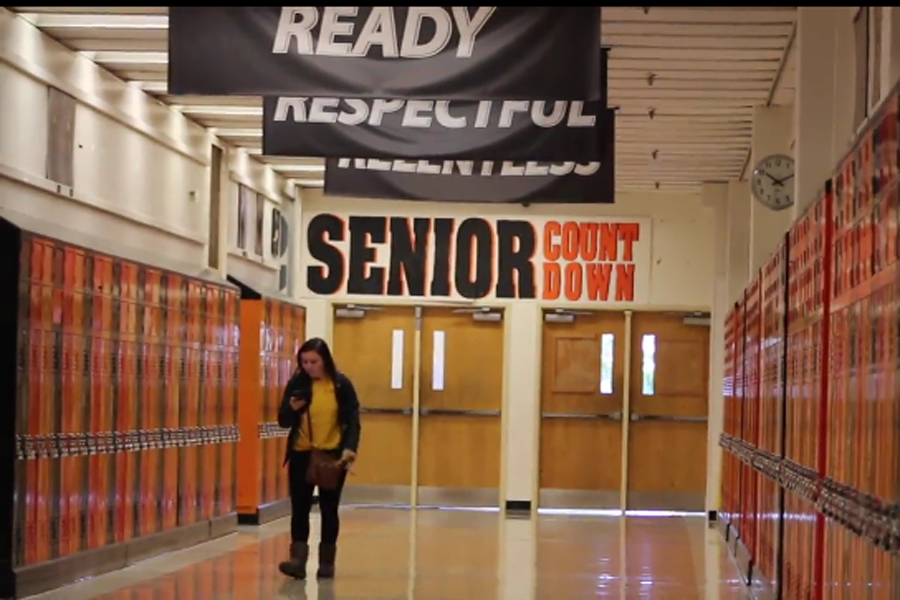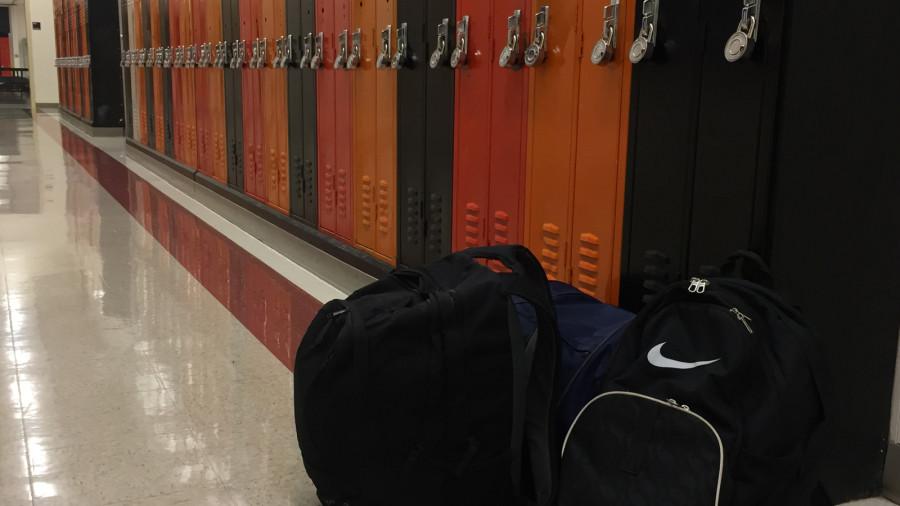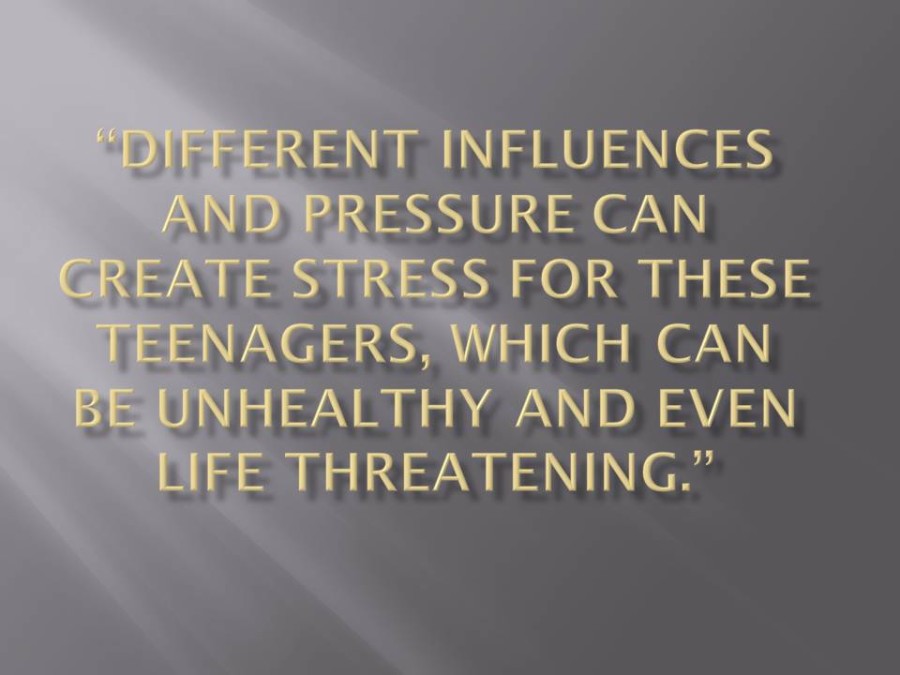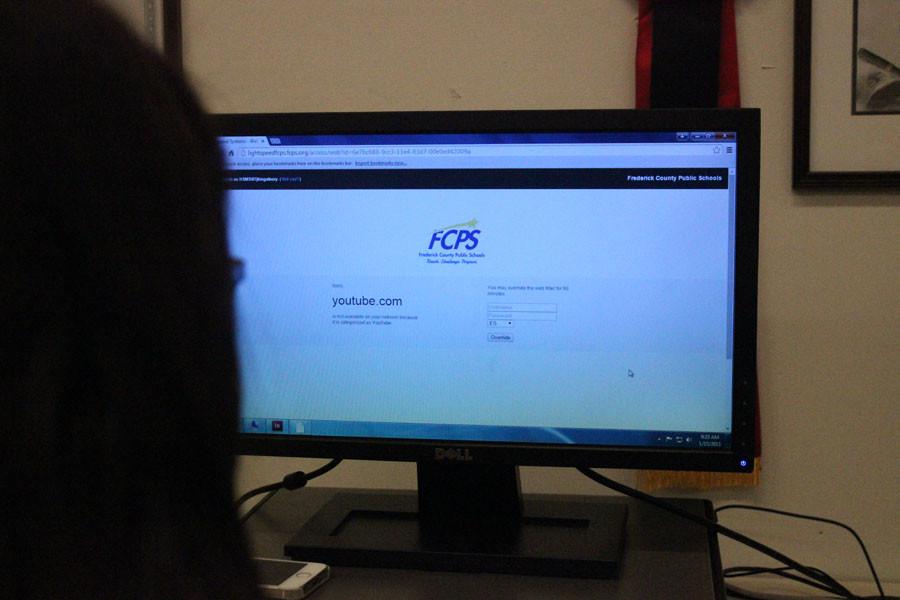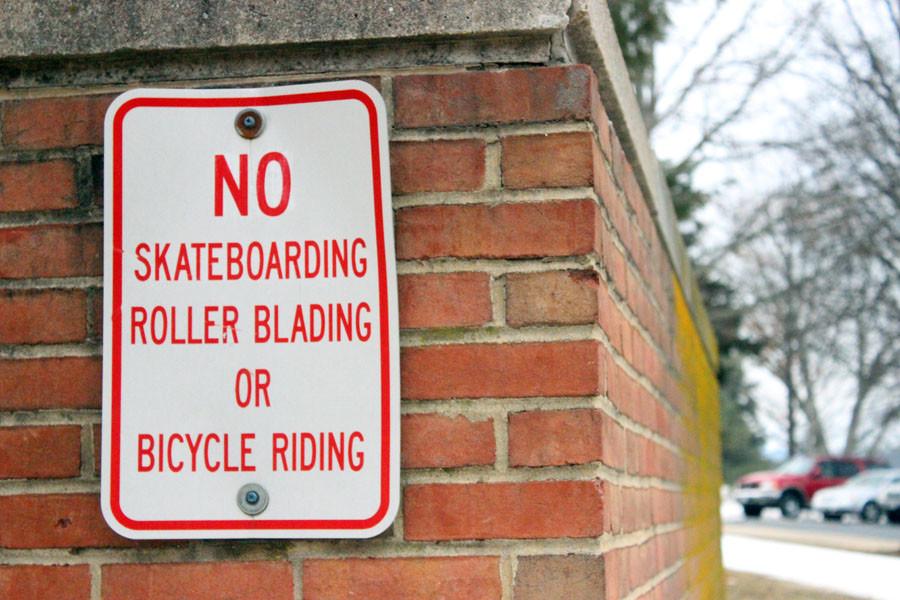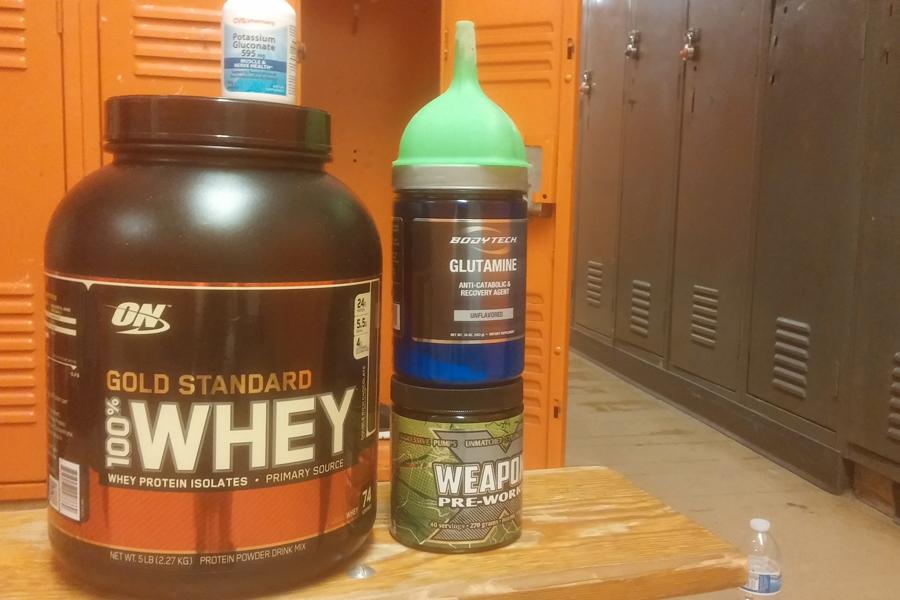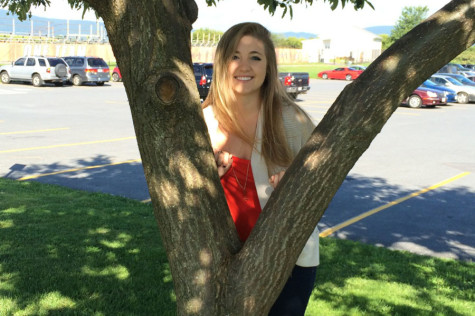Every year, parents around the nation pay thousands of dollars to send their kids to private school. There are multiple reasons why one might think that private school institutes better than public school; stricter dress code, nicer school trips, better quality of school and even better one-on-one education. These factors may play a role in college readiness; however, public and private schools both unfold various realities contributing to future education.
“We had to wear uniforms,” said Middletown High School senior Emma Stokes, “it was a Catholic school, so we had to take religion classes.” Stokes attended St. John’s Catholic Prep until the fourth grade. “Obviously it’s really expensive, and the education was honestly the same.”
Usually, private schools are so costly because parents are paying for the quality of education. “There’s definitely a more well-rounded education because you don’t have restrictions on what to talk about, like politics and religion.”
The reality is, private school is extremely expensive. “If I were to have a private school on my college apps, it would definitely improve my status immediately in their eyes.” Parents pay an average of over 20,000 dollars every year for their child’s attendance. Colleges are money pits; factors like GPA, SAT scores and resume contribute to acceptance, although social status plays a monumental part in admittance.
“Colleges see private school on applications and immediately think money.”
Stokes became a Middletown school student because her parents did not see the value in paying for an education that she could have received at public school.
Middletown High School senior Annabelle Afzali has a much different take on private school. “I liked the smaller classes, which equals more attention. There were only eight people in my class.” Afzali attended Trinity School of Frederick until the seventh grade.
“At private school, we had more opportunities to go off campus, like more field trips.” When she came to Middletown, she was in awe at the fact that she didn’t have to wear a uniform. “It was weird to wake up every day and choose my own outfit.”
A study by FrenchToast.com suggests that uniforms “keep the focus on learning and enhance individuality.” Student’s do not have to worry about “fitting in” or “looking cool” when it comes to uniforms. Most public schools have not adopted school uniforms, and most private schools have. Will students perform poorer in college if a uniform is not in effect?
Afzali is spot-on when she says that private schools have more off-campus opportunities; over the summer of 2015, St.John’s Catholic Prep sophomore biology students had the opportunity to travel to Costa Rica for ten days and study sea turtles. The trip was funded by the school and parents; however, public schools rarely see travel opportunity such as this.
At Middletown High School, a much less exotic biology excursion was available for students. Middletown High School junior Jack Sullivan said, “we went to Dobbs Park in Myersville and we let trout into the stream that we had been raising in class for two months.” It was perhaps not as exhilarating as a trip to Costa Rica, although the learning experience was similar. Money is a tremendous factor in differentiating public from private school, as is college tuition.
Costliness isn’t the only shock-factor for private schools.
A 2014 study by The Council for American Private Education said that “the average [SAT score] for religious school students was 1597, exceeding the benchmark by 47 points. Public school students, however, scored 1471.” Whether it is the quality of education or teacher one-on-one time, private schools are excelling past public schools with standardized testing.
Private schools clearly excel in many aspects of education, which can make college readiness easier on those who attend. Public schools may offer a more realistic take on “real-life” without the uniform and expenses; however, much less freedom and opportunity is offered. The differences between private and public schools are immense, making the choice between the two a personal decision for one’s educational future and goals.



